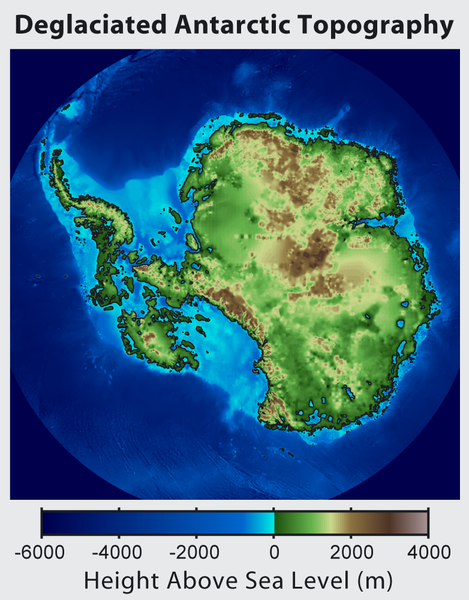Fasciculus:Antarctica Without Ice Sheet.png

Mensura huius perspectionis: 469 × 600 elementa imaginalia. Aliae mensurae: 188 × 240 elementa imaginalia | 375 × 480 elementa imaginalia | 782 × 1 000 elementa imaginalia.
Sua resolutio (782 × 1 000 elementa imaginalia, magnitudo fasciculi: 675 chiliocteti, typus MIME: image/png)
Historia fasciculi
Presso die vel tempore fasciculum videbis, sicut tunc temporis apparuit.
| Dies/Tempus | Minutio | Dimensiones | Usor | Sententia | |
|---|---|---|---|---|---|
| recentissima | 16:56, 16 Iunii 2015 |  | 782 × 1 000 (675 chiliocteti) | Szczureq | larger image |
| 05:57, 10 Octobris 2012 |  | 469 × 600 (316 chiliocteti) | Strannik27 | User created page with UploadWizard |
Nexus ad fasciculum
Ad hunc fasciculum nectit:
Usus fasciculi per inceptus Vicimediorum
Quae incepta Vici fasciculo utuntur:
- Usus in ar.wikipedia.org
- Usus in ast.wikipedia.org
- Usus in ban.wikipedia.org
- Usus in ba.wikipedia.org
- Usus in be-tarask.wikipedia.org
- Usus in be.wikipedia.org
- Usus in br.wikipedia.org
- Usus in bxr.wikipedia.org
- Usus in ca.wikipedia.org
- Usus in cs.wikipedia.org
- Usus in de.wikipedia.org
- Usus in en.wikipedia.org
- Usus in es.wikipedia.org
- Usus in es.wikibooks.org
- Usus in fr.wikipedia.org
- Usus in id.wikipedia.org
- Usus in it.wikipedia.org
- Usus in ja.wikipedia.org
- Usus in ka.wikipedia.org
- Usus in kn.wikipedia.org
- Usus in mn.wikipedia.org
- Usus in nl.wikipedia.org
- Usus in no.wikipedia.org
- Usus in pl.wikipedia.org
- Usus in ru.wikipedia.org
- Usus in tg.wikipedia.org
- Usus in tr.wikipedia.org
- Usus in uk.wikipedia.org
- Usus in zh.wikipedia.org
- Usus in zu.wikipedia.org

